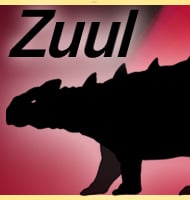Simorhinella
In Depth Simorhinella is a genus of therocephalian therapsid that lived in South Africa during the Permian. Simorhinella is noteworthy for having a snout that by proportion to relative genera is considerably shorter and deeper. This may have allowed Simorhinella to have a very strong bite force as the deeper snout would have been able … Read more
